Discover UNESCO heritage and embrace pathways of healing in Northern Vietnam
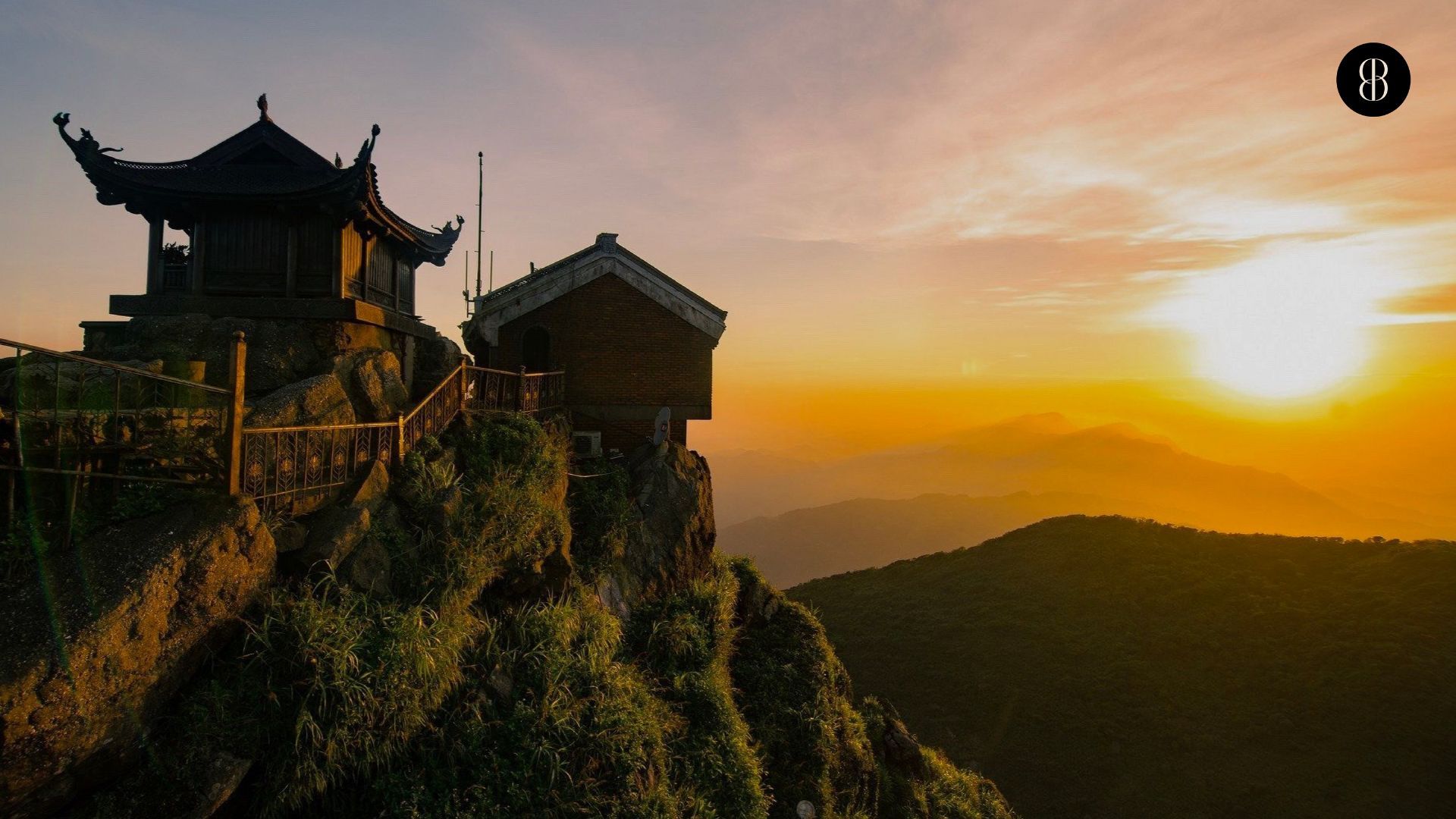
Đọc phiên bản Tiếng Việt của bài viết.
For centuries, Vietnam’s soul has been shaped by mountains, rivers, and resilient people, where ancient villages rest beside terraced fields, passing down traditions like heirlooms. The country’s heritage is preserved in its customs, cuisine, and communal spirit. Now, as Vietnam emerges on the global stage, earning recognition from the United Nations World Tourism Organization (UNWTO) as one of the world’s ten fastest-growing travel destinations, this deep-rooted identity stands at the center of a new chapter.
Recently, during the 47th session of the UNESCO World Heritage Committee, a name dear to Vietnam was spoken with pride: the Monuments and Landscape Complex of Yen Tu – Vinh Nghiem – Con Son, Kiep Bac was officially inscribed as a World Cultural Heritage site. This new inscription reflects the living dialogue between Vietnam’s spiritual landscapes and its enduring traditions. It is Vietnam’s ninth UNESCO-recognized heritage, and, more remarkably, the country’s second chain heritage.
A legacy of mindfulness across centuries
Stretching across northern provinces, the complex forms a symbolic dragon winding through the land – its head rising at the sacred 1,068-meter peak of Yen Tu Mountain, its body flowing through Vinh Nghiem, and its tail resting peacefully at Con Son, Kiep Bac. The heritage reflects a unique harmony between belief, culture, and nature, and the enduring legacy of Truc Lam Zen Buddhism.
Founded in the 13th century by Buddha Emperor Tran Nhan Tong, Truc Lam Zen emerged after he laid down his crown following victory against the Mongol invasions. Retreating to Yen Tu Mountain, he established a distinctly Vietnamese school of engaged Zen, rooted in awareness, daily life, and a close relationship with nature and community.
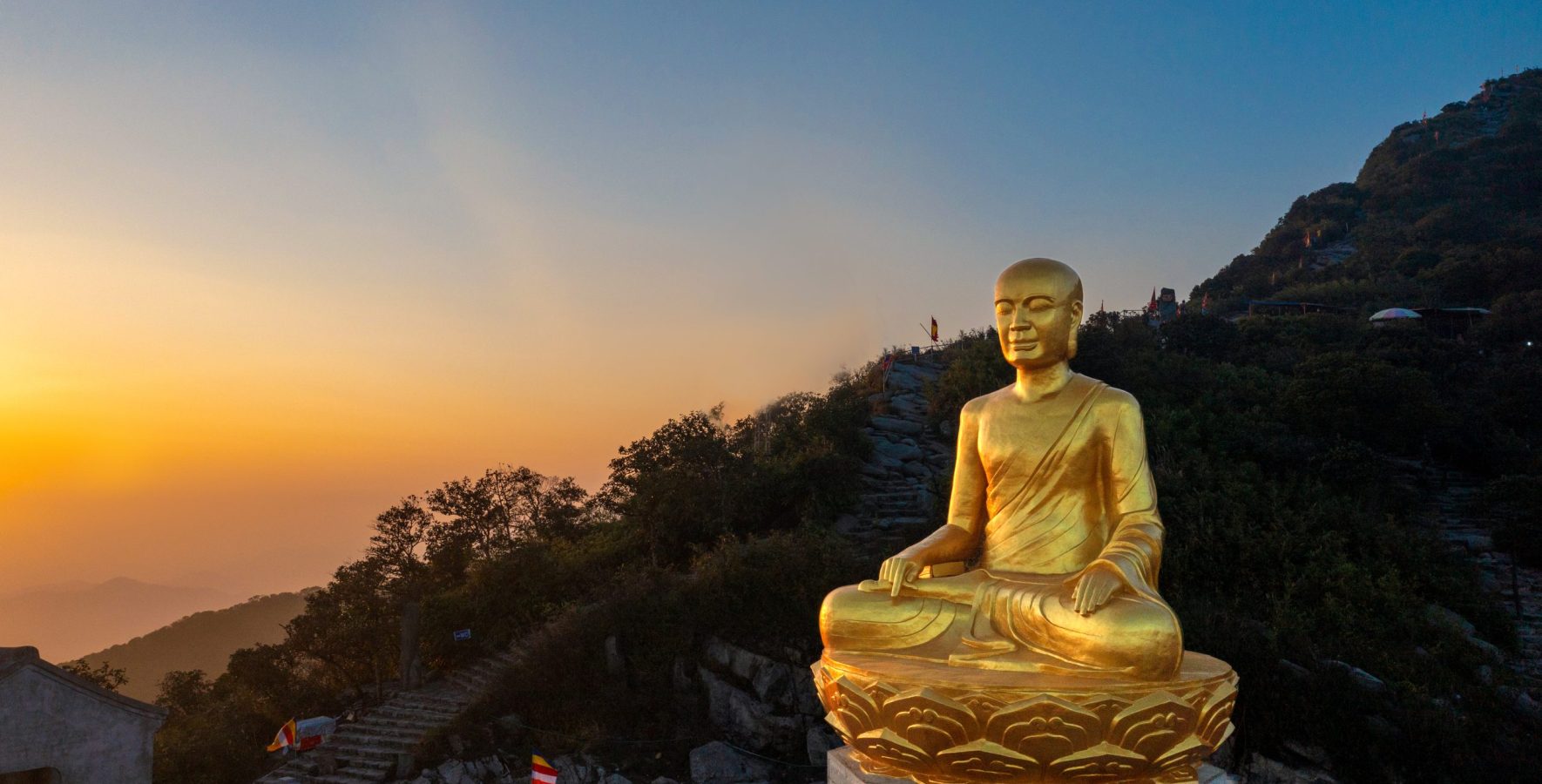
For Budda Emperor Tran Nhan Tong, Zen was never limited to rituals or retreats. The core of Zen is the practice of mindfulness, the art of living fully and consciously in each moment. When we walk, stand, sit with complete attention and awareness of ourselves as well as the surroundings, those very actions become a form of meditation. This is the spirit of Living Zen, where enlightenment arises in the stillness of the present.
His disciple, Master Phap Loa, and later on, Master Huyen Quang, carried the tradition forward. At Vinh Nghiem Pagoda in Bac Ninh, they nurtured the practice, established Vietnam’s first Buddhist university, and preserved thousands of sacred woodblocks. At Con Son, Huyen Quang transformed the sect into a vibrant spiritual centre.
Through these generations, Truc Lam Zen formed an unbroken chain of wisdom, offering guidance that remains timeless: “The Buddha is in your own home, not far to be sought.” This is the spiritual legacy that has been continued and passed down onto generations of Vietnamese, to remind them that amid progress and change, peace has always lived quietly within.
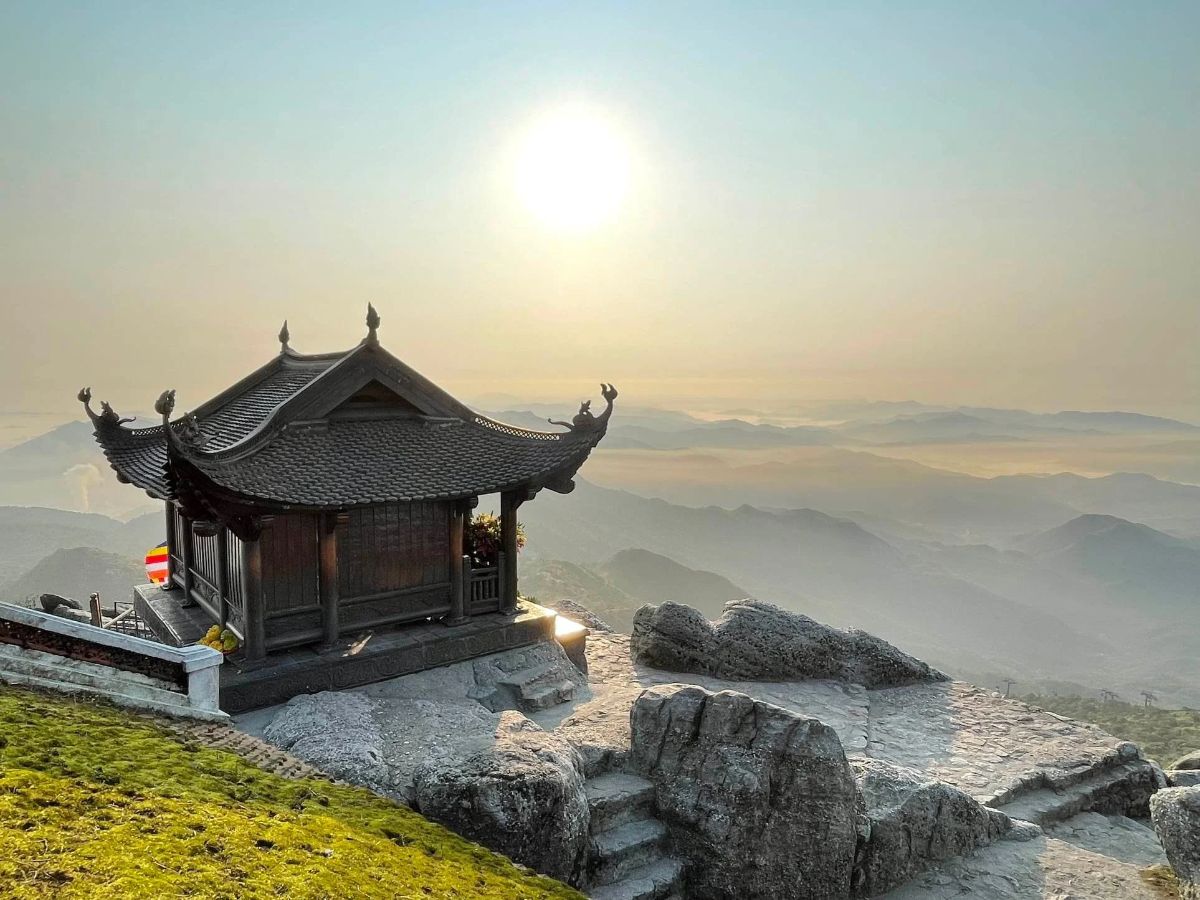
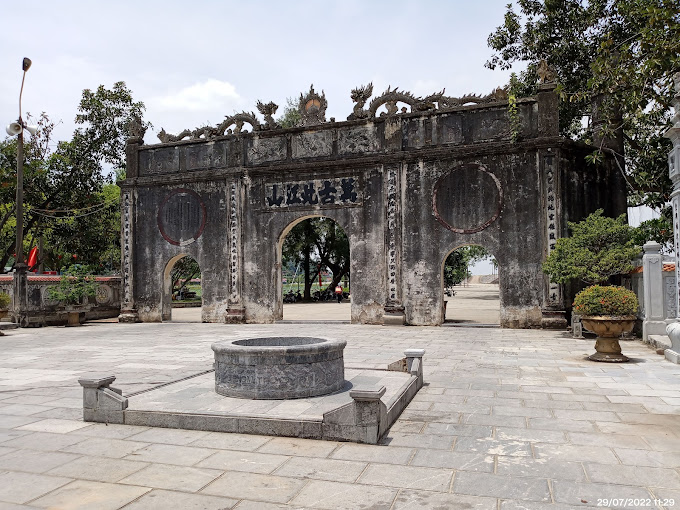
Driven by a long-standing desire to reconnect with this spiritual heritage, northern Vietnam has witnessed a steady rise in integrated resorts and retreats, positioning the region as a frontier in the country’s growing wellness economy. This revival reflects a return to the North’s UNESCO-recognised heritage sites, where not only pilgrims but also modern travellers now seek inner peace and grounding in landscapes that have long nurtured Vietnam’s contemplative traditions.
From heritage landscape to healing journey
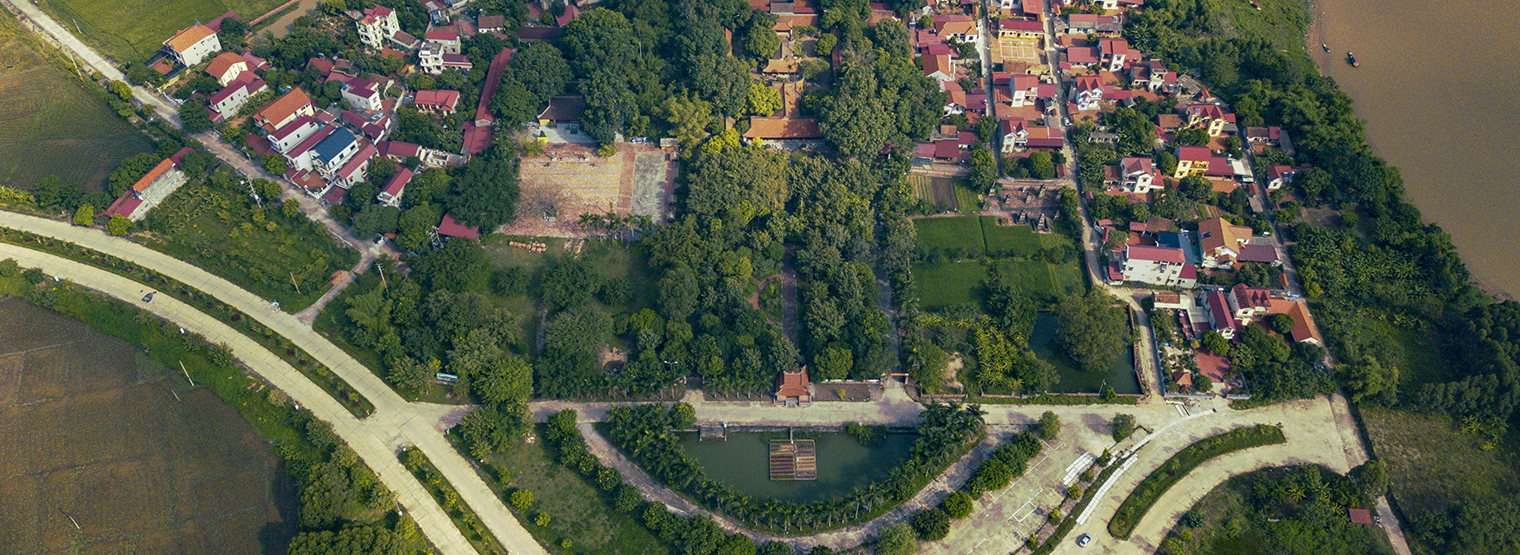
Northern Vietnam is more than a land of temples and mountains, carrying spiritual and cultural heritages that still breathe through daily rituals, familiar melodies, and the timeless embrace of nature. This region, home to countless UNESCO-recognised sites both tangible and intangible, forms the spiritual backbone of the nation. From the serene karst formations of Trang An – Bai Dinh, where limestone mountains cradle ancient pagodas since the first founding years of Vietnam, to the sacred complexes of Yen Tu – Vinh Nghiem – Con Son, Kiep Bac, and the Central Sector of the Imperial Citadel of Thăng Long, a symbol of Vietnam’s thousand-year civilisation, Northern Vietnam stands as a living museum of harmony between humanity and nature that has endured through centuries.
Still, in these sacred northern lands where the wind carries the chime of temple and church bells, the lingering voices of Ca Tru and Quan Ho, and the faint scent of incense drifting through the air, the ancient spirit of mindfulness continues to evolve. What were once pilgrim paths and monastic sanctuaries are now becoming destinations of wellness and renewal, where the essence of Zen is reinterpreted for modern life.
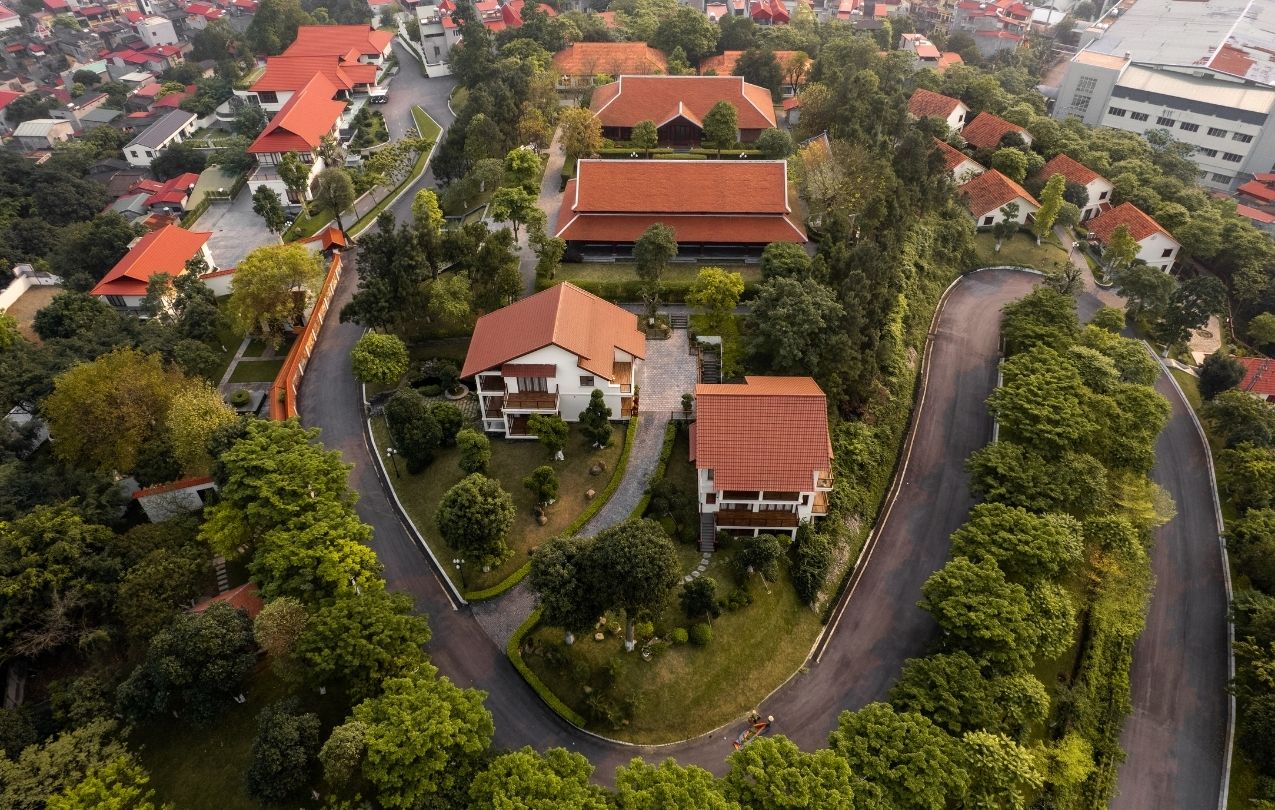
Drawing from this collective energy that heals from within is Senna Wellness Retreat, a sanctuary for holistic wellbeing on Ong Tu Hill, overlooking the heart of Bac Ninh. Hidden among red-tiled courtyards and tranquil gardens just an hour from Ha Noi, Senna invites guests to live in Zen – to Nourish, Rest, and Empower themselves through mindful living. Inspired by the timeless teachings of Buddha Emperor Tran Nhan Tong, the retreat embodies the essence of holistic healing, where each breath, each shared meal, and each slow step through the garden becomes an act of awareness and peace.
From Heritage to Harmony
Destinations like Senna become part of a broader vision that weaves contemporary wellness into Vietnam’s cultural and spiritual fabric, breathing new life into a story passed through generations. On a larger canvas, the UNESCO recognition of Yen Tu – Vinh Nghiem – Con Son, Kiep Bac celebrates not only sacred mountains and temples, but also the living continuum of the Red River Delta which flows from history into the present, following the integration of Zen practice into modern life.
This ripple effect extends beyond preservation, shaping new pathways for sustainable tourism, community development, and national identity. In this renewed landscape, tourism growth is no longer measured by arrivals or infrastructure, but by how a nation sustains its values, blending timeless authenticity with the quiet promise of a rising future.


